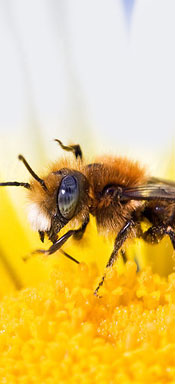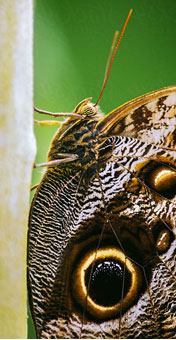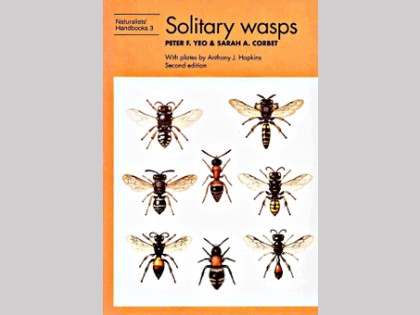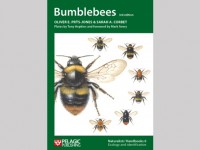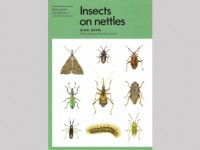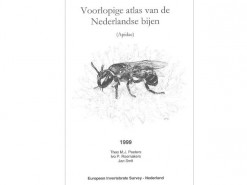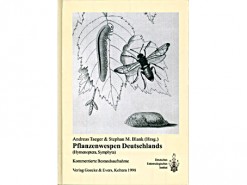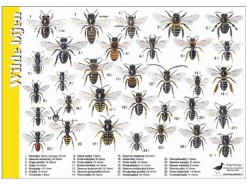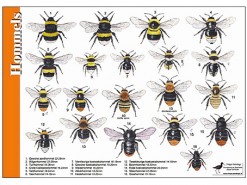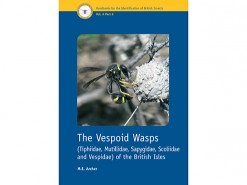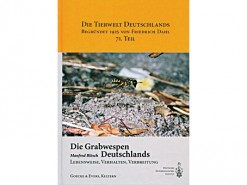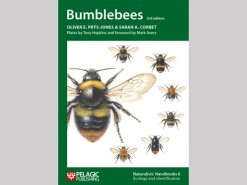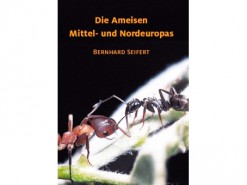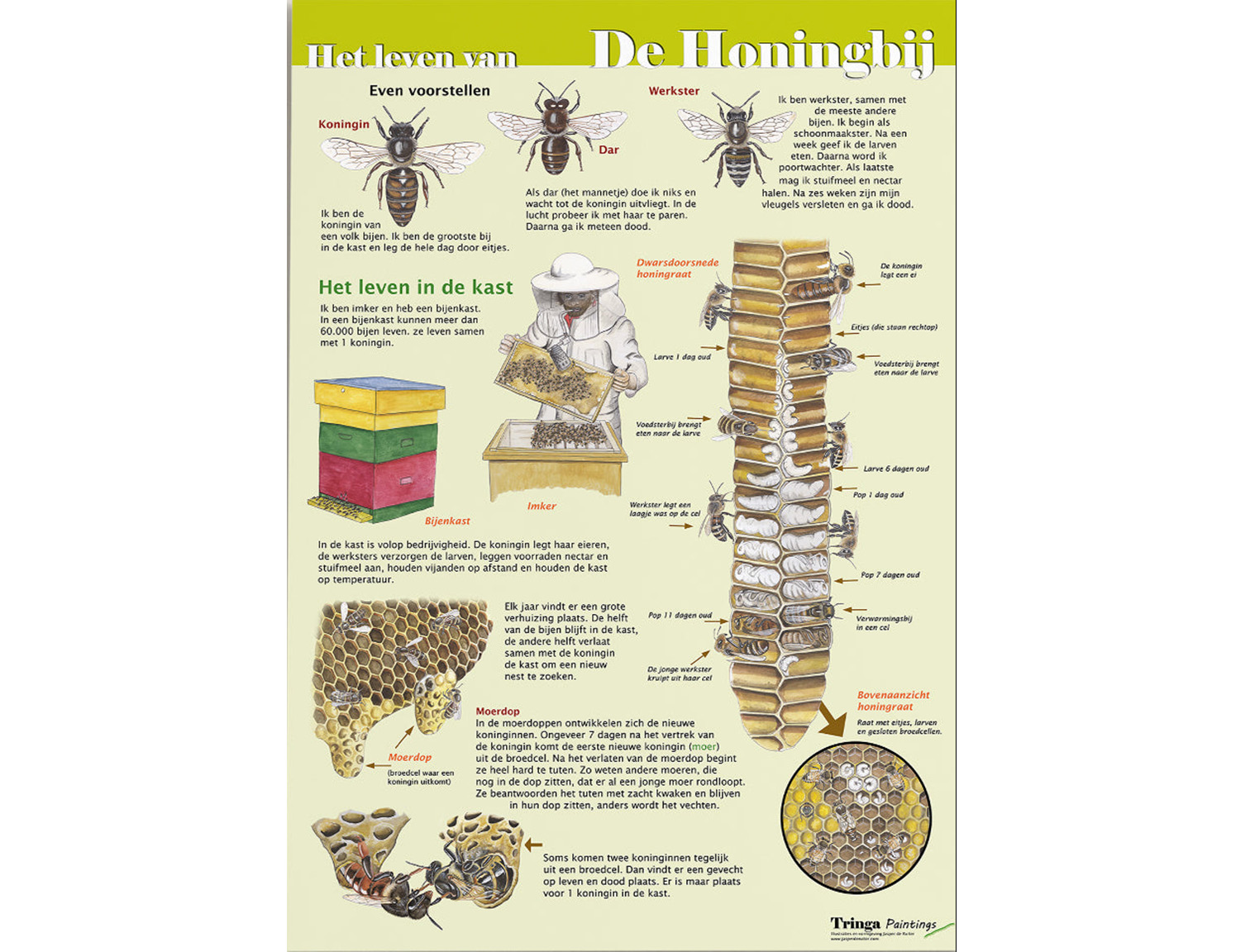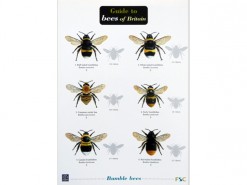by Peter F. Yeo & Sarah A. Corbet
Smaller, gentler and less intimidating than the black and yellow social wasps, the solitary wasps are attractive because of their bright colours and their fascinating behaviour. A female wasp will construct a nest, excavating it from wood or sand or building it from mud. She provisions the nest with prey, hunting down a suitable creature, perhaps a caterpillar or a fly, which she will paralyse before dragging it home to the nest. She lays her egg on the paralysed prey, and the larva when it hatches feeds on the prey. On a sunny day it is easy to observe the apparently purposeful behaviour of female wasps as they prepare their nests and stock them with food for the next generation. New discoveries are made every year about the distribution and behaviour of British solitary wasps. This book offers ideas for investigations and describes techniques. It includes identification keys to the British species, together with a one page field guide and a guessing guide based on colour, prey type and nest type, to help wasp-watchers to identify their insects without killing them.
Contents
Introduction; Natural history; Identification; Quick-Check Key; Key 1 Starter Key; Guessing guide; Key 2 Wingless hymenopters; Key 3 Potter wasps and mason wasps; Key IV Black and balck-and-red wasps with three submarginal cells; Key V Black-and-yellow or black-and-white wasps with three submarginal cells; Key VI Wasps with two submarginal cells; Key VII Wasps with one submarginal cell; Techniques and approaches to original work; Further reading; Systematic checklist of genera; Alphabetic checklist of species and their distributions’ Index.
Home/Entomologie Literatuur/Diversen Literatuur/Naturalist's Handbooks
Solitary Wasps
€ 24,95 (€ 22,89 ex BTW)
Op voorraad
Beschrijving
Extra informatie
| Cover | Paper Back |
|---|---|
| Taal | Engels |


